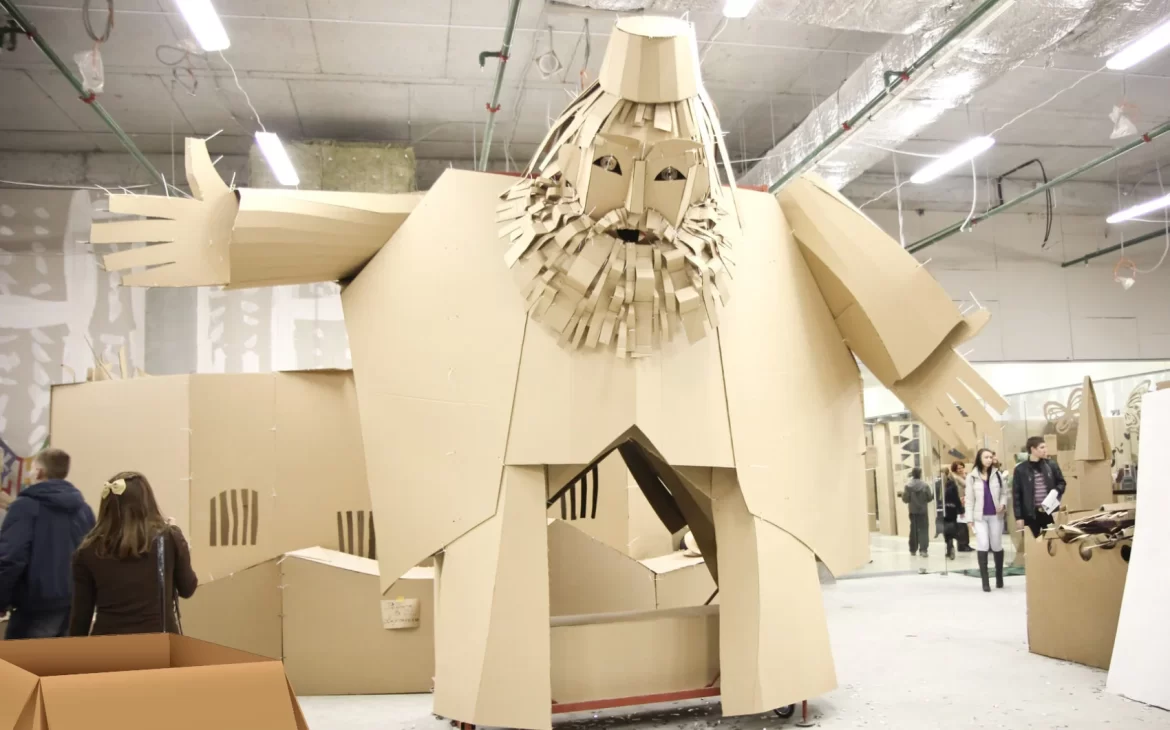Have you ever stopped to think about the unsung hero of packaging – when was cardboard invented? That brown, sturdy material that holds our deliveries, protects fragile items, and even becomes a canvas for creative DIY projects. But how did cardboard come to be, and when did this unassuming material make its grand entrance into our lives?
The Genesis of Cardboard:
Let’s hop into the time machine and go back to ancient civilizations like Egypt, Greece, and Rome. They were the pioneers of packaging, using materials like wood, cloth, and papyrus. However, it wasn’t until the 17th century that the first inklings of cardboard started to show up.
Picture this: early cardstock was basically layered paper glued together. The Chinese were the masterminds behind this technique, using it to create nifty containers for shipping goods. As time passed, Europe caught on to this cost-effective and efficient way of packaging.
The Industrial Revolution and Cardboard’s Evolution:
Fast forward to the 19th century and the Industrial Revolution – that’s when cardboard truly began its metamorphosis. The demand for better packaging, thanks to the boom in mass production and global trade, spurred inventors to get creative. In 1817, Sir Malcolm Thornhill patented the first process for making single-ply paperboard – a game-changer!
But the real magic happened with the Fourdrinier machine in the early 1800s. This contraption revolutionized papermaking, allowing for the mass production of paper and setting the stage for the cardboard revolution.
The Rise of Corrugated Cardboard:
Now, let’s talk about the superhero of cardboard – corrugated boxes. Before this invention, single-ply cardstock was fine for lightweight stuff, but it couldn’t handle heavy items or long journeys. In 1856, Albert Jones patented the corrugating process, and in 1871, Henry W. Wright and William W. Lyman patented a method for manufacturing corrugated.
Why is corrugated cardboard so special? It’s all about that wavy inner layer sandwiched between two flat outer layers. This design makes it strong, sturdy, and lightweight – the perfect combo for packaging.
Cardboard’s Role in the Modern Era:
Jumping into the 20th century, cardboard became the go-to material for packaging and shipping. Goodbye, wooden crates and barrels – hello, cardboard boxes! Even during World War II, cardboard played a crucial role in logistics, transporting everything from supplies to ammunition.
As we became more environmentally conscious, the impact of packaging materials on the planet came under the spotlight. being paper-based, seemed like a better option than non-biodegradable materials. But with growing concerns about deforestation and waste, the focus shifted to recycling.
Environmental Concerns and Sustainable Practices:
The latter part of the 20th century saw a push for sustainability. With the rise of recycling programs, cardboard became one of the most recycled materials globally. This not only reduced the demand for raw materials but also lessened the environmental impact of cardboard production.
Conclusion:
So, the next time you receive a package, take a moment to appreciate the journey of that simple brown box. From ancient civilizations to the Industrial Revolution, to corrugation and beyond, cardboard has evolved into a reliable, versatile, and sustainable packaging material. The story of when card-board was invented isn’t just history; it’s a tale of innovation, adaptability, and the lasting impact of an everyday material that continues to shape our world.

